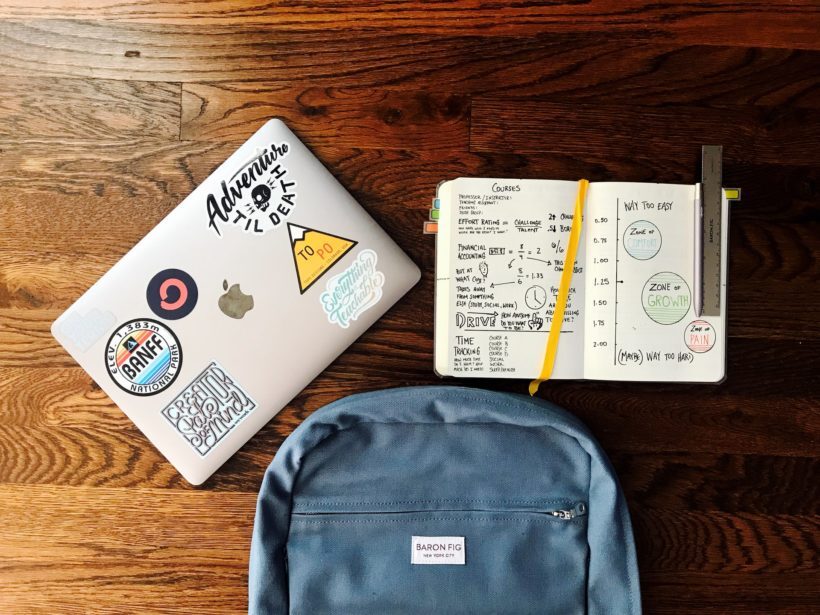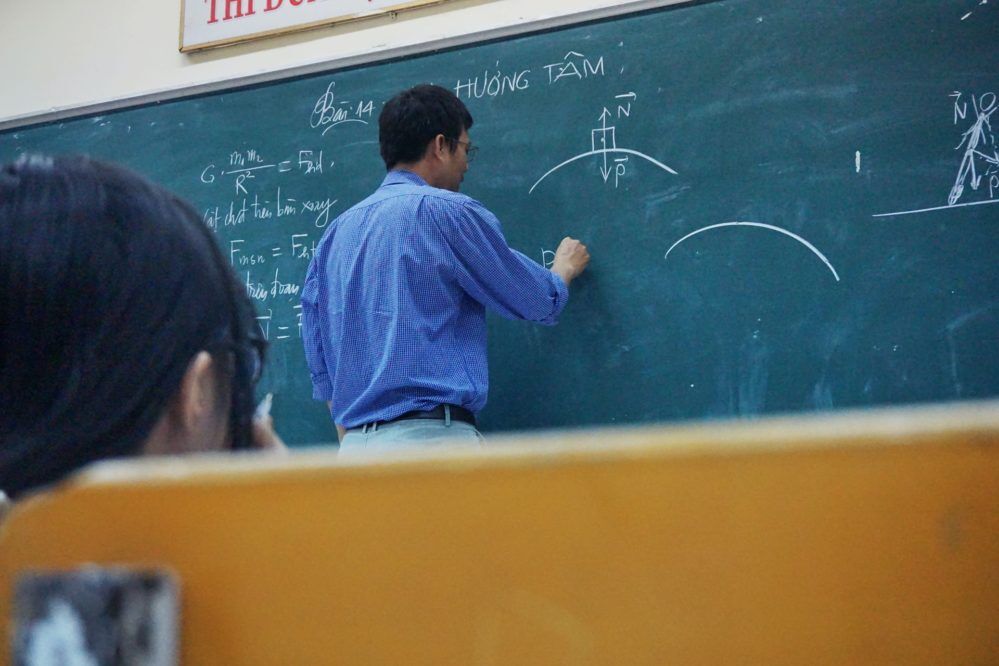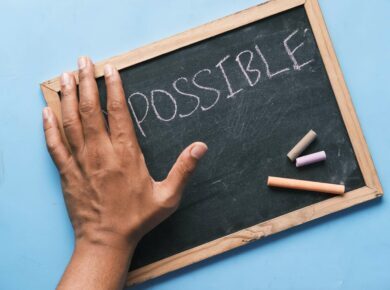Have you ever read something over and over again; however you did not really understand much? Or had someone try to explain an idea to you, but it still did not click, but then, once you encountered a graph or picture related to the information, it finally made sense to you? You might be a visual learner if you can relate to such a case.
Learning styles play an essential role in the learning process because each person has their preferred way of retaining information that determines how effective they are when interacting with the learning environment. Throughout this article, we will go through the main learning styles, focusing on visual learning, its benefits, visual learning characteristics, and other aspects.
Types of Learners
The idea of people having different learning styles is based on the theory that we have diverse stimulus sense modalities that we prefer to use when processing and retaining new information. One of the most popular learning style categorizations is based on the VARK theory, suggested by Fleming and Mills in 1992. According to this theory, learners can be placed into four main categories: visual, auditory, reading-and-writing, and kinesthetic learners.
Visual learners
Visual learners learn best when interacting with the information presented as visual images such as photos, graphs, diagrams, etc. These learners can quickly remember faces and places as they manage to recollect details by picturing them in their minds.
Auditory learners
Auditory learners, often referred to as aural learners, prefer to learn via listening. By interacting with the material through listening to lectures, discussions, or even simply talking aloud to themselves, these learners retain information more easily.
Reading and writing learners
Reading and writing learners prefer learning by emphasizing text‐based input and output. They interact with the material through reading and writing, whether presented as manuals, reports, essays, or assignments.
Kinesthetic learners
Kinesthetic learners, also known as tactile learners, learn best through experience. They tend to remember information through active exploration by movement, testing, experimenting, etc. The word “kinesthetic” itself refers to a person’s ability to sense position and movement, so they need to interact with that sense to understand and remember better.
What Is Visual Learning?
Although we went through a simple definition of visual learners, you might still be wondering, “what is a visual learner?”. To best understand it, you must know what visual learning as a style in itself is.
So, visual learning uses the individual’s visual sensory modes to help them perceive better the environment and material presented to them. This learning style uses various visual stimuli, such as pictures, maps, images, slides, graphs, etc., to make the process of noting and retaining information more straightforward. This learning style is characterized by various elements and comes with many benefits that you can utilize to your advantage throughout every future study session.
Benefits Of Visual Learning
Sure, using illustrations while learning might sound appealing to anyone, but how effective is it in reality? Well, visual learning not only helps with retaining information, but it also makes learning more enjoyable for the students. Furthermore, this style is practical and easy to be incorporated into your study sessions.
Better quality learning
If you are a visual learner, then using this style will help you improve the quality of your learning. Using images, charts, and other visuals while studying will help you engage more with your studies. It is essential you do so because research shows that when you engage with your material in the learning process, your attention, focus, and even motivation will increase, developing critical thinking skills and an overall understanding of the information you study.
Learning is cost-effective
Visual learning is also very cost-effective. Most of the strategies you follow while using this learning style require little to no expense, but even when they do, it pays off in the end. Simply creating some power-point slides with notes, highlighting key passages, using doodles and flowcharts in your notes, creating flashcards, and other strategies can help create a customized and efficient learning experience for you- all of which you can do with some colored markers and a laptop.
Creates stronger memory
Studies conducted on the influence of visual learning on recall of a memory test support the theory that visual learning can lead to a better recollection of memories, unlike other learning styles. Although visual learning is not the only style of retaining information, it is one that is the most effectively used.
Learning becomes fun
Regardless of how much you like a subject, it can still become monotonous at times. However, using slides with many pictures and charts, bright notes with doodles, and different colors can make lectures and revising sessions more fun. Using such visual learning tips can help turn even the most boring subjects into enjoyable lessons you look forward to engaging and are excited about.
Characteristics of Visual Learners
Visual learners have distinct characteristics that make their learning style unique through the strategies and methods they use. Generally, they are skilled at observing their surroundings, can quickly process information and remember it, and have artistic abilities.
Great observers
Indeed, Sherlock Holmes must have been a visual learner to some extent because this learning style helps you notice many details about your surroundings that others may not be able to see. Did your friend get a new haircut? Is this a street you passed a few years ago? It might seem odd to others how quickly you percept change, but when you are so focused on visuals, you become highly observant and notice attributes that other people typically tend to miss or overlook.
Quicker learning process
Visual learning helps students understand concepts easily due to the fact it stimulates images and affects their cognitive capabilities. In fact, research shows that we can process visuals much faster than text. The human brain processes visuals around 60,000 times faster than text by quickly deciphering illustrative elements simultaneously, whereas when dealing with text, it has to decode elements in a sequential manner, thus, taking more time to process the information.
✅ Request information on BAU's programs TODAY!
Stronger memory through graphs and pictures
Visuals are helpful if you are looking to store information into your long-term memory and ensure that you retain the data for an extended period of time. According to a study on people’s ability to recall information, the test subjects remembered only 10-20% of information delivered through text or spoken lectures, compared to almost 60% of the information presented visually. So, pairing ideas with images related to them helps students direct their attention and understand the information easier and better, thus increasing the possibility that they will remember the material for a longer period of time.
Visual learners are usually good in arts
Because they are constantly using visuals to convey their ideas and emotions, another characteristic of visual learners is that they are generally more prone to having artistic abilities or being fit for specific creative careers related to pictures. In addition to the fact that you would be good at the creative job you pursue, working with something that requires you to make use of visuals would make the whole process more exhilarating and fun.
Teachers and Visual Learners
Every student is different, especially regarding their learning style, and as a teacher, it is challenging to cater to everyone. However, since our focus is on visual learning, we will concentrate on ways to help visual learners engage with the information, develop their abilities, and better understand ideas.
Motivating and engaging visual learners in the classroom
Teachers can help strengthen visual learners by incorporating a few strategies related to images and other illustrated elements when delivering lectures or assigning work, such as:
- Utilizing photographs, videos, graphs, charts, etc.
- Creating groups with only visual learners for specific tasks so they can efficiently work together
- Giving students enough time so students can visualize the ideas you explain in their notes through illustrations or other ways they prefer
- Incorporating colors, images, and other visuals into your lectures as frequently as possible
- Providing written instructions for projects or other assignments, so visual learners can go back and re-read them whenever they forget or are confused about an idea.
Acknowledging the diversity of learning styles within a classroom and attempting to help with each one will make the class more effective and fun for your students. Putting additional efforts into making your students feel as comfortable as possible with each task and providing them with the space they need in order to approach school material in whatever manner it makes best sense to them, will help them better engage with the information, learn, and thrive.
Conclusion
Once you understand the connection between finding your learning style and how it affects the learning process, then you can begin to improve the overall quality of your learning environment and process.
Remember that being a visual learner should not limit you but rather help you find strategies to grasp ideas with ease. Do not be afraid to try new things, explore and discover various learning styles and techniques until you find what suits you best.
Frequently Asked Questions (FAQs)
What does it mean to be a visual learner?
Visual learners are individuals who learn best through visual aids such as diagrams, charts, videos, and images. They process information by observing and analyzing the visual representation of data.
What is an example of a visual learner?
An example of a visual learner is someone who prefers to learn through images, graphs, charts, and videos rather than through verbal or written explanations.
What are the four types of learners?
The four types of learners are visual learners, auditory learners, reading/writing learners, and kinesthetic learners.
What are the strengths of a visual learner?
Visual learners have the ability to learn through images, graphs, charts, diagrams, and other visual aids. They can easily recall information by visualizing it in their minds and tend to have strong spatial awareness and a keen eye for detail.
What is the visual method of teaching?
The visual method of teaching is an instructional approach that utilizes visual aids such as images, diagrams, videos, and charts to help learners understand and retain information more effectively.













